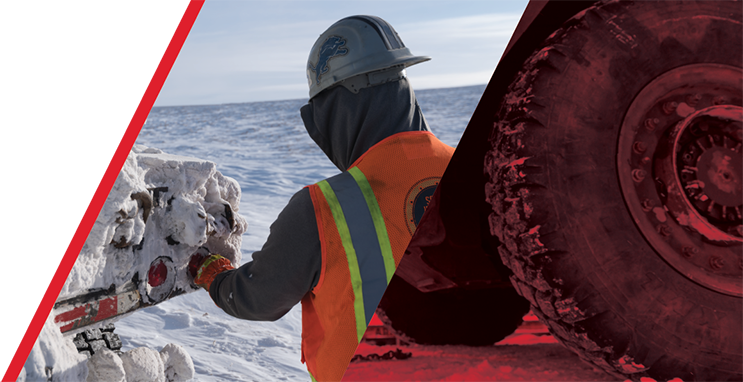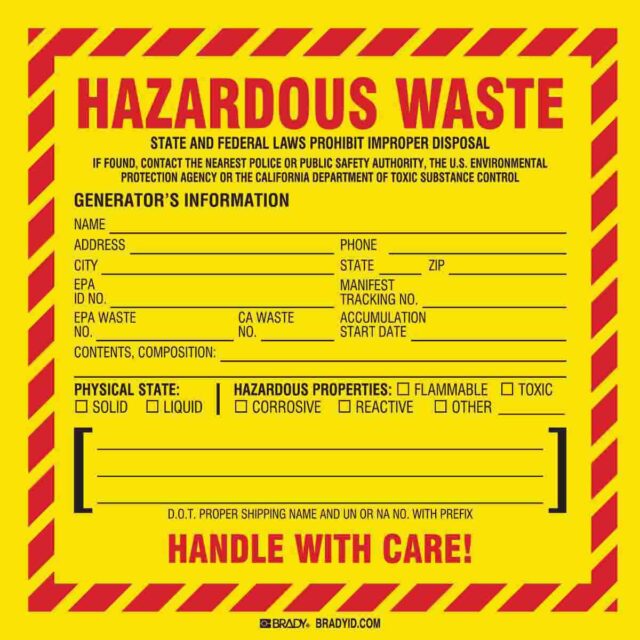SHIPPING POLICY
- All shippers who offer waste for transportation with Carlile MUST submit an email to hazmat@carlile.biz containing copies of all manifests being submitted.
- This includes copies of all transporter pages.
- If the waste is classified in hazard classes 1, 4, 5, 6, or 7, Carlile requires shippers to submit an SDS along with the manifest submission to hazmat@carlile.biz.
- Class 1 explosives, must be accompanied by a valid *EX number at the time of submission. Class 1 explosives must be accompanied with a valid EX number at the time of submission.
- Once manifests and SDS (if applicable) have been submitted to hazmat@carlile.biz, Carlile’s hazmat department will respond within 24 hours with an approval or a rejection.
- If waste is rejected, Carlile’s hazmat department will provide guidance and an explanation as to the rejection.
- When the shipper has received approval from Carlile’s hazmat department, waste may be tendered to the Carlile terminal – or scheduled for pick up.
- *Note* waste will be refused by Carlile’s dock if the waste has not been pre-approved by Carlile’s hazmat department.
- LTL Waste may only be tendered to Carlile Monday – Thursday. Shippers must receive special permission from the hazmat department if they wish to tender LTL waste on a Friday.
*An EX Number issued and used by the Department of Transportation (DOT) to identify an explosive which has been tested and classified by DOT.

GENERAL REQUIREMENTS FOR SHIPPING HAZARDOUS WASTE
When shipping hazardous waste over water, transporters must follow a number of guidelines, including:
- Classification and description: Classifying and describing the hazardous waste in accordance with federal regulations
- Packaging: Using an authorized packaging that meets all special requirements
- Marking and labeling: Using the correct hazard communications, including marks, labels, and shipping documentation
- Shipping papers: Providing shipping papers to the carrier that include the necessary information for emergency response
- Manifest: Using a hazardous waste manifest to track the waste from “cradle-to-grave”
- Security plan: Having a security plan in place or working with a carrier that has a security plan.
- Incident reporting: Reporting any incidents
HAZARDOUS WASTE QUESTIONS
What is the difference between hazmat freight and waste?
Hazardous materials (HAZMAT) are a general term for materials that pose a risk to health, property, or the environment, while hazardous waste is a more specific term for materials generated as waste from a facility’s processes.
Hazardous Waste is a more specific term that applies to materials generated as waste from a facility’s processes. Hazardous waste must be a solid waste, and it must be identified and classified through a more in-depth analysis. Hazardous waste poses an immediate threat to humans, the environment, and the community.
What is the most common mistake in declaring hazardous waste?
- Incorrect or missing information: This can include missing waste codes, dates, container counts, or quantities. It can also include using the wrong unit of measure, such as tons instead of pounds.
- Improper labeling: Containers should be accurately labeled as hazardous and include the risk, such as toxic, corrosive, or ignitable.
- Inadequate personal protective equipment (PPE): PPE is required to protect employees from toxic fumes and corrosive liquids.
- Poor storage: The storage area should be separate from regular workstations and clearly marked. Containers should be in good condition, and the area should be free of debris.
- Failing to comply with universal waste rules: Many states include additional wastes as universal, such as paints, aerosol cans, and antifreeze.
